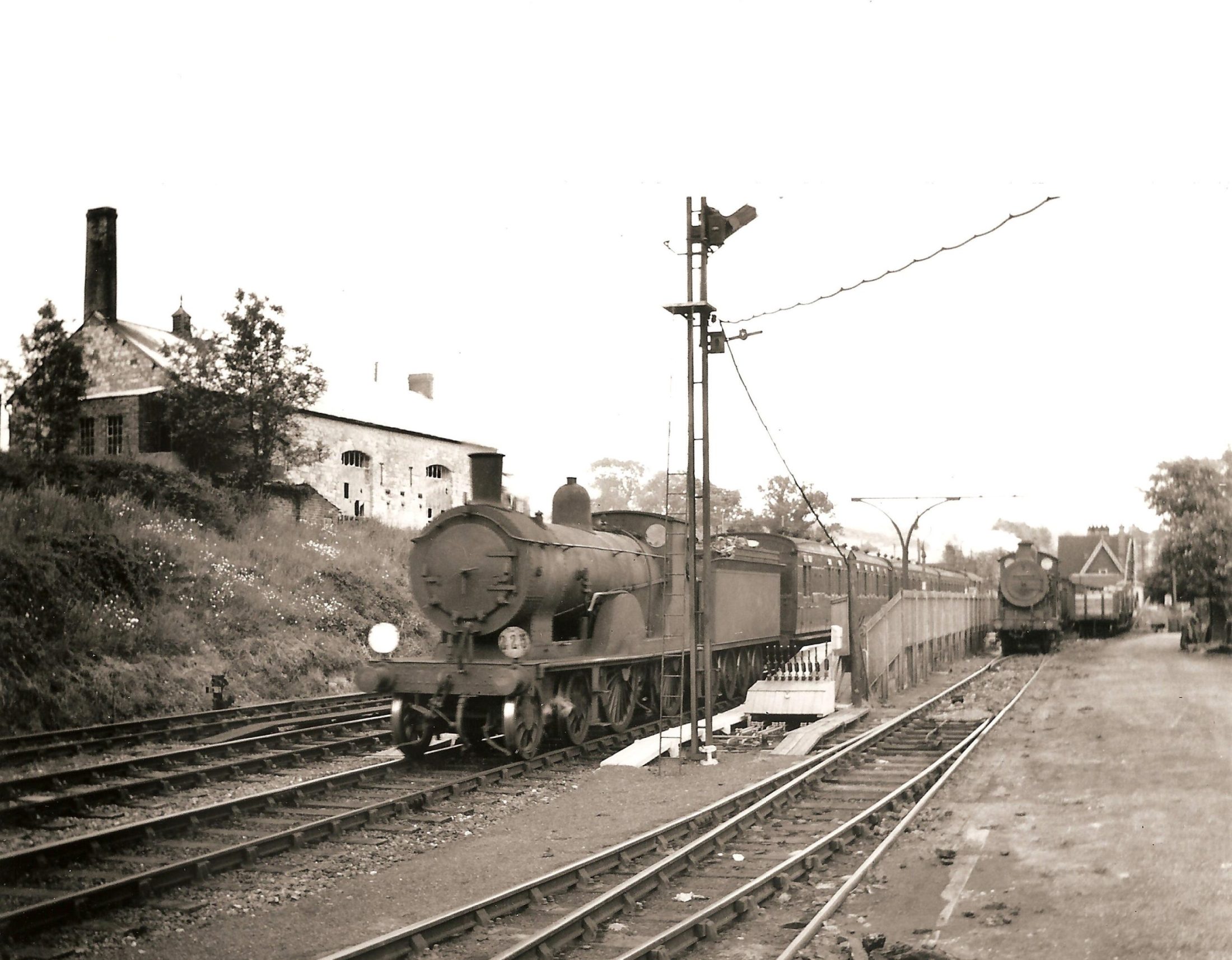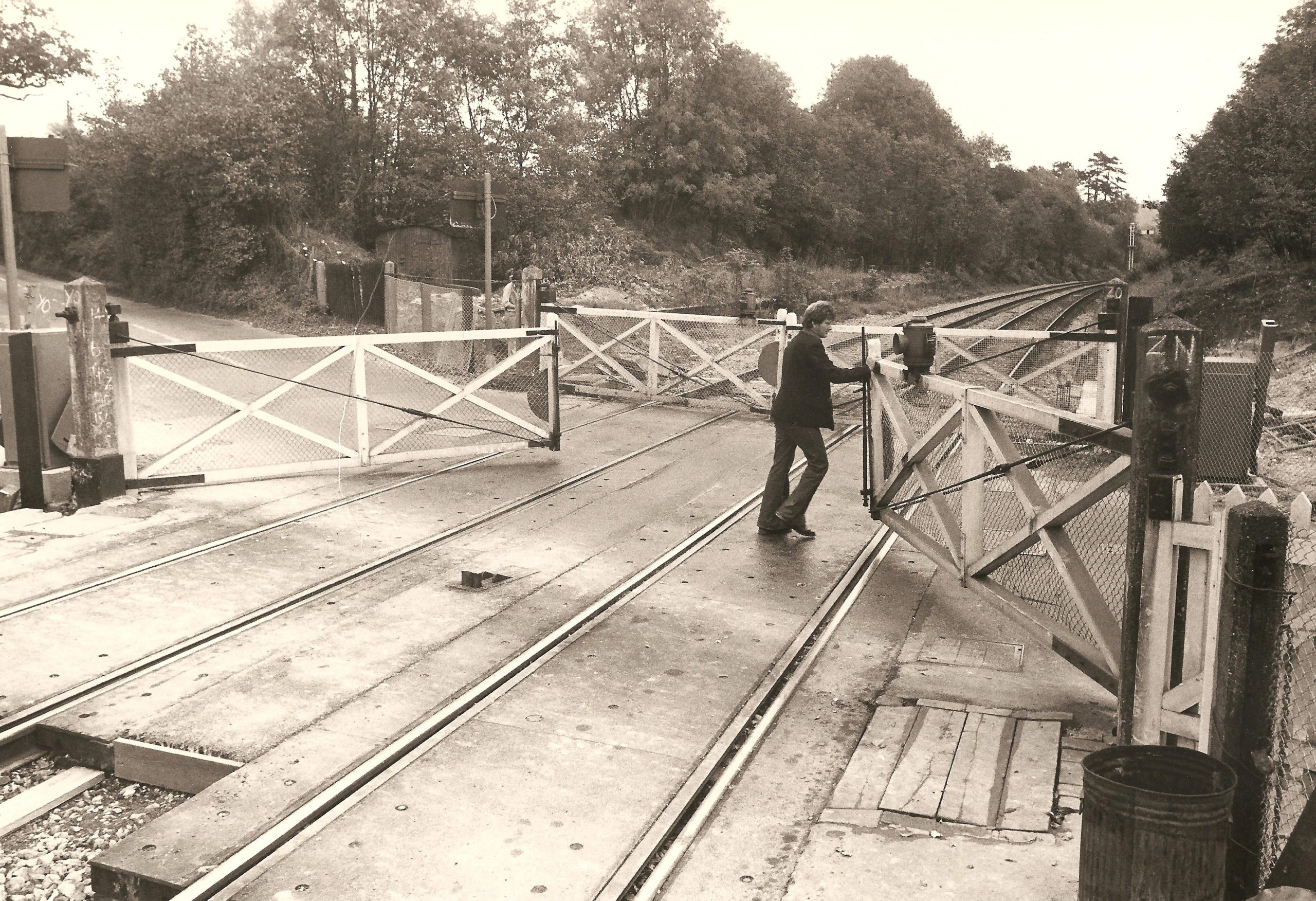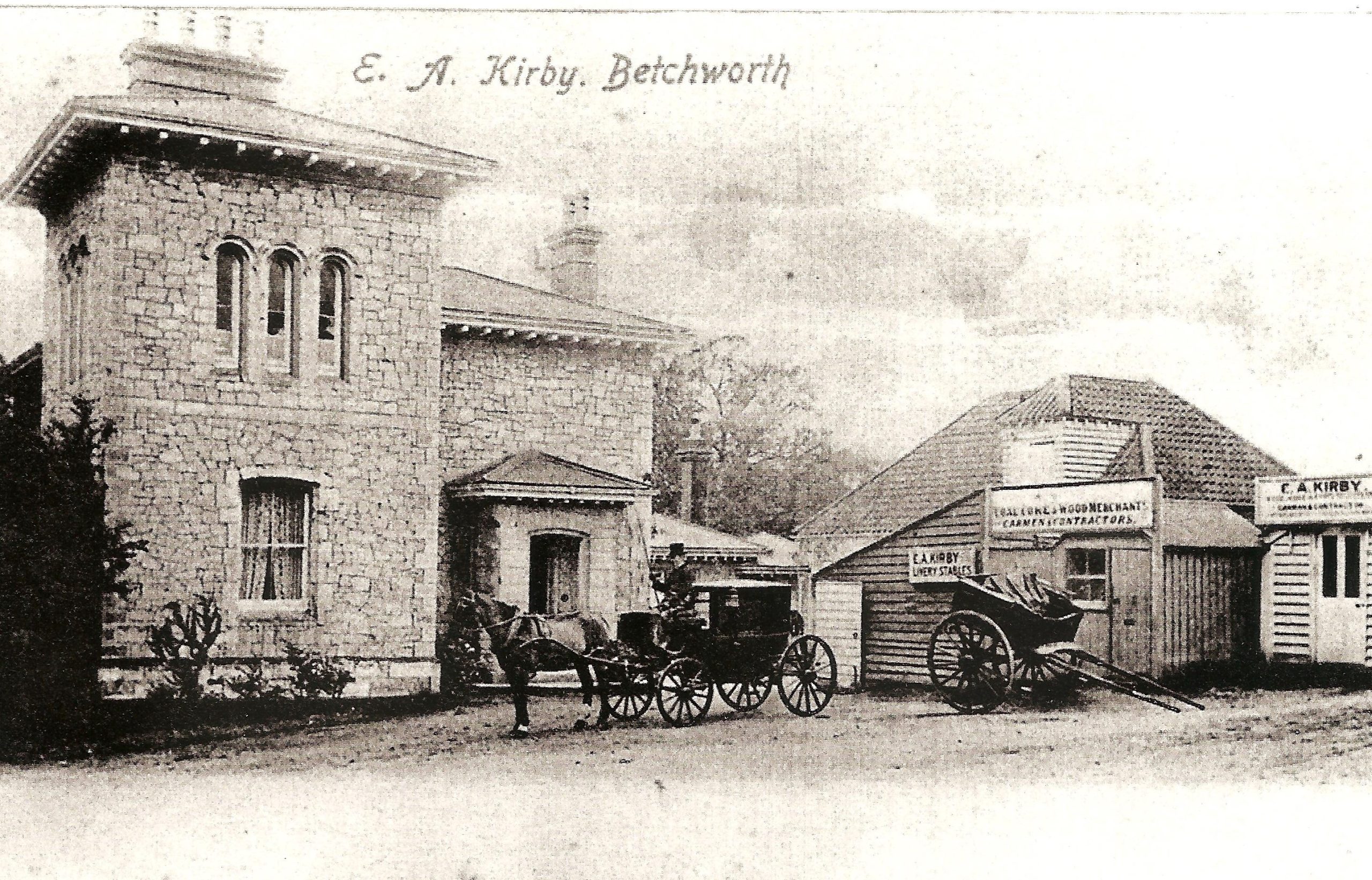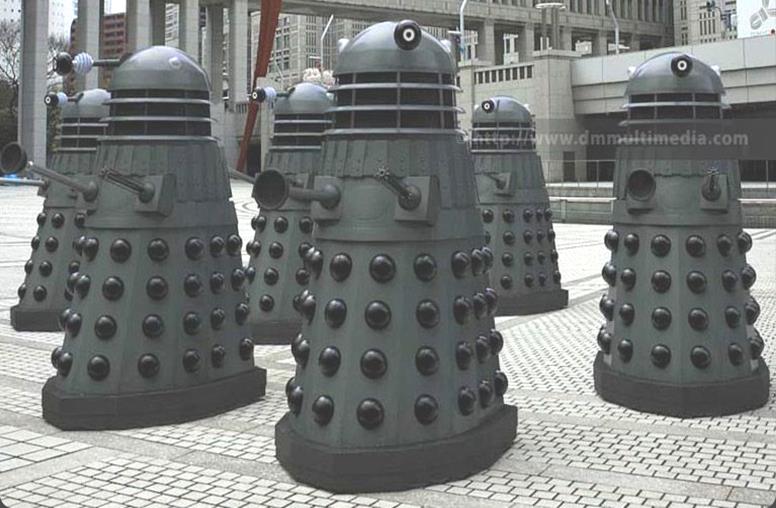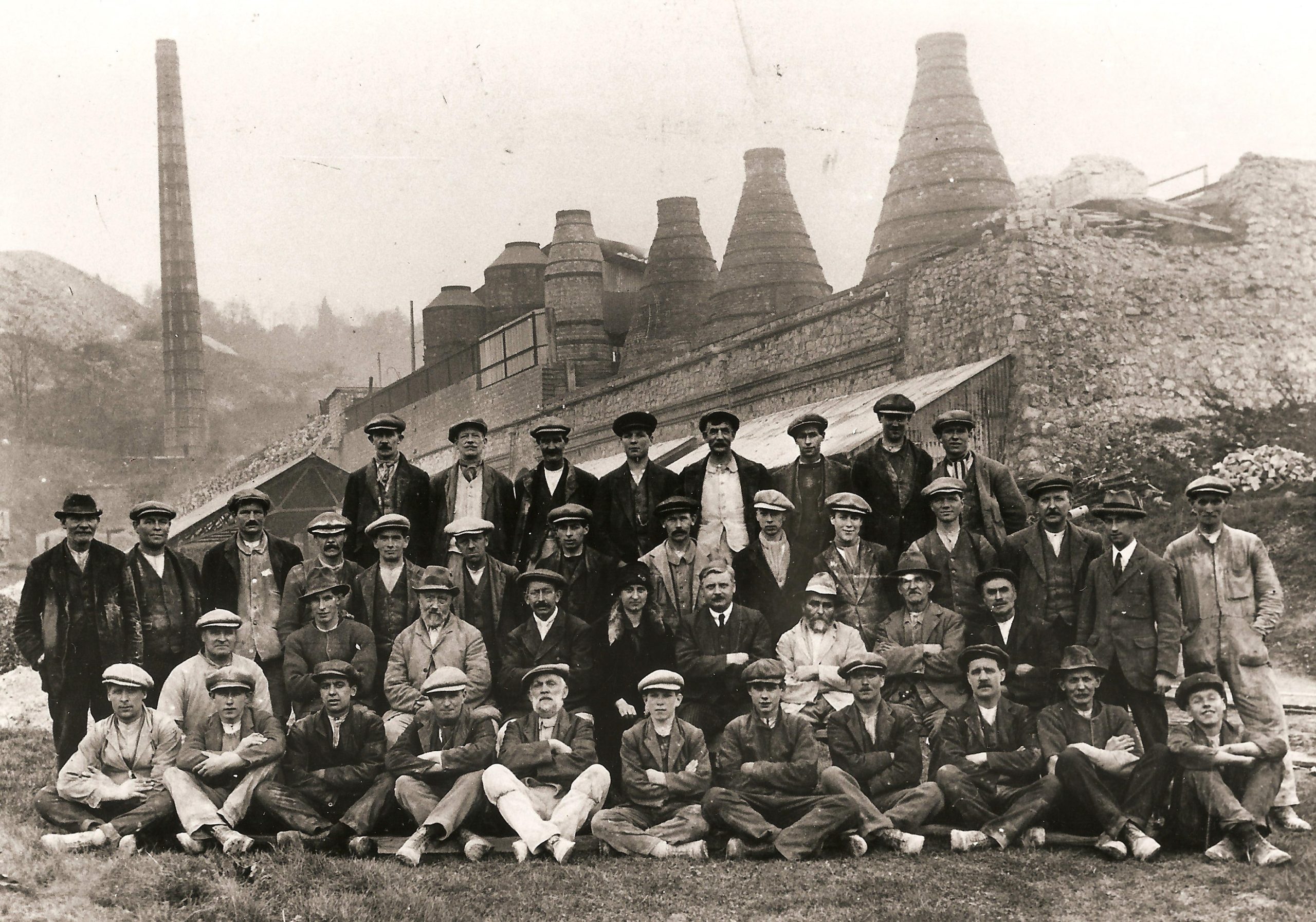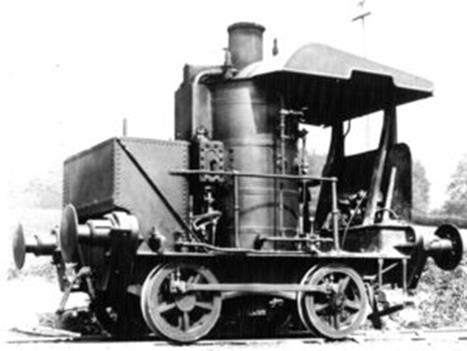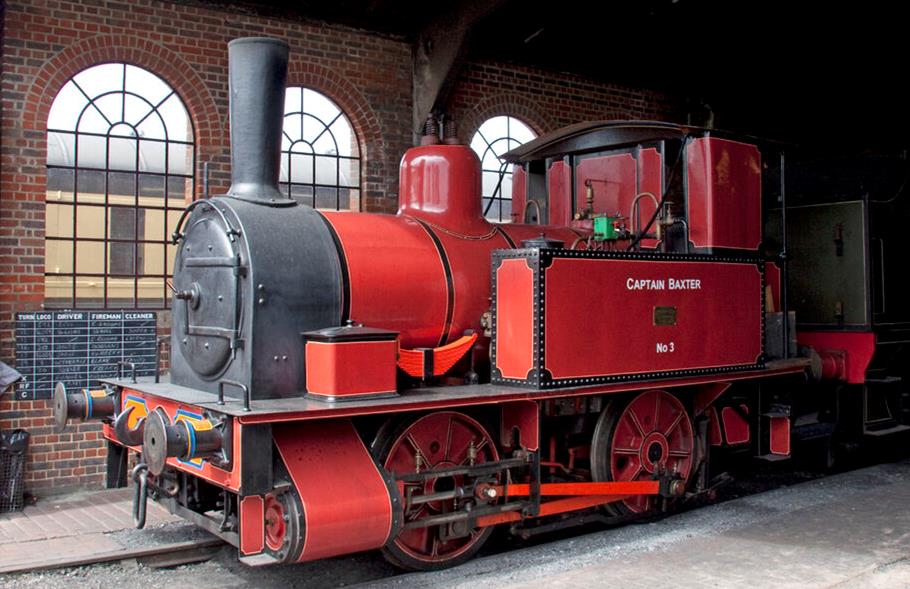Betchworth Parish is bisected by the A25 and the railway line into two areas. The village centre is to the south and ‘Pebblecombe’ to the north. This historic information board relates to the Pebblecombe area of the parish. The village centre (about 1 mile south of the station) is on the north bank of the River Mole which eventually enters the Thames near Hampton Court. The village is recorded in the Domesday Book. It still has a working forge along with a thriving public house, school and Post Office/shop/cafe. There are 33 listed buildings in the parish. A similar guide map to the central village area is located on the wall opposite the Dolphin public house near the entrance to the churchyard.
BETCHWORTH STATION
The station was opened in 1849 by the Reading, Guildford and Reigate Railway, which became part of the South Eastern Railway in 1852. The station was particularly significant for its connection with the Betchworth Quarry railways, which were built to serve the Dorking Greystone Lime Company’s three pits north of the station. By 1920 there were 20 trains each weekday to London. Nearly 300 trains passed through the station in one week during the WWII evacuation of Dunkirk in 1940.
The station had a signalman who was still opening the level crossing gates manually until the automated barriers were introduced in 1977.
THE BEECHES
The stylish building dating from about 1849 was built as a Railway Hotel but by 1855 it was referred to as the ‘Beeches Inn’ and by 1861 it was offering horse drawn carriages for hire. At about this time it became a private residence and by 1881 the adjacent yard was used by coal and corn merchants. Over the years the yard expanded to supply additional goods ranging from manure to flower pots!
THE QUARRY
Chalk has been quarried in the area since at least the 1600s. In 1865 the Dorking Greystone Lime Company opened a large quarry at Betchworth. Quarrying finished in the 1960s; subsequently the quarry was used for land fill but has now been restored to chalk grass land. An important group of C19 and C20 brick built lime kilns still remain. The Dietzch and the remaining Hoffman kiln are listed structures and are now the home of large bat colonies. Many excellent paths (including the Pilgrims’ Way) exist to allow exploration. The path into the quarry is via The Coombe, 450yds north of the station. This stunning chalk downland site set within the Surrey Hills ANOB is well worth a visit.
THE QUARRY RAILWAYS AND ENGINES
The quarry railways had four different track gauges! The standard gauge part had a junction with the main line at Betchworth Station. The Coffee Pot engine (above), built in 1871 on Teesside, is one of the world’s oldest working railway steam locomotives and can be seen at the Beamish Museum, Durham.
More information about the Parish of Betchworth :
A similar board relating to Betchworth village centre is situated close to the entrance to the churchyard opposite the Dolphin public house.
Station and quarry images by kind permission of Keith Harding of Goodness Gracious.

Sponsored by Great Western Railway



